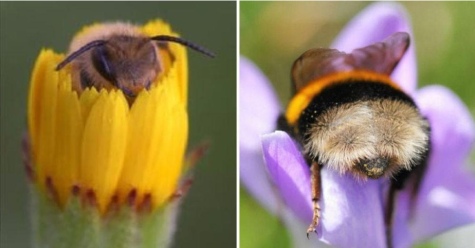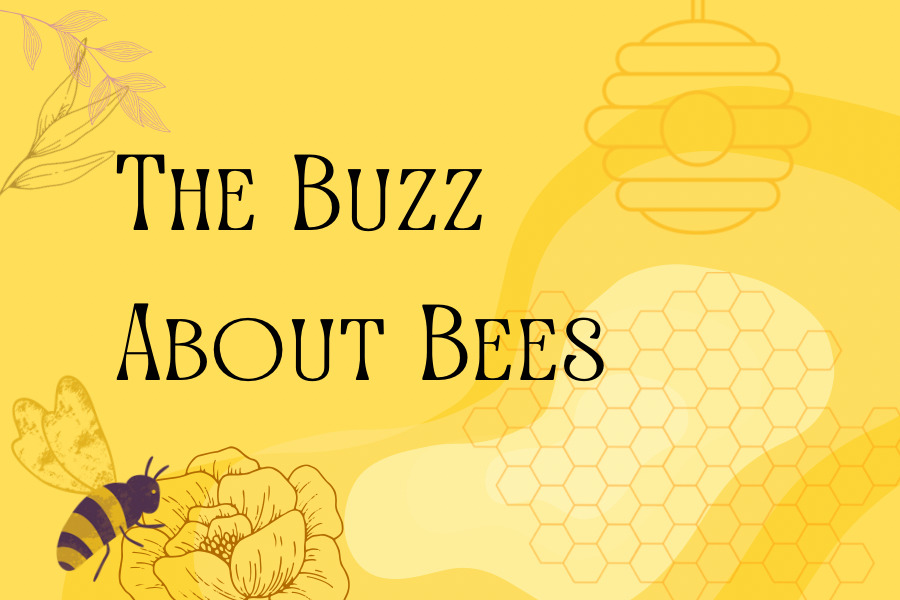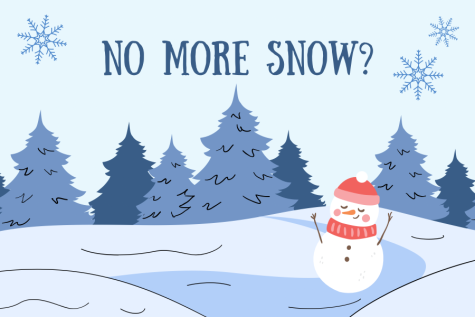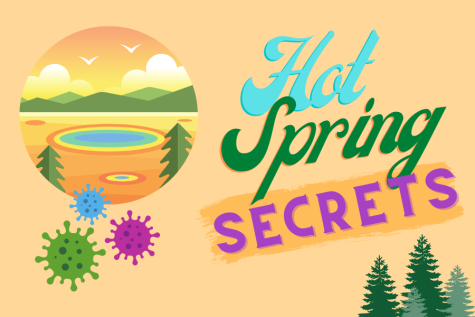The Buzz About Bees

When a bee flies by, you’re probably too busy running away to think about the tiny menace’s role in our ecosystem. There are many different species of bees, ranging from the gentle bumblebee to the more aggressive Africanized bees. Bumblebees – the small, fuzzy ones that seem like they slowly float around – are natural pollinators that are native to North America. They are more efficient than honeybees and are responsible for the pollination of many commercial fruits, vegetables, and grains such as tomatoes, sweet peppers, apples, plums, raspberries, sunflowers, currants, red clover, and alfalfa.
However, our fuzzy friends are in danger; the bumblebee population declined by 46% in North America and 17% across Europe compared to their population from 1901-1974. A study found that climate change has contributed to the declining bee population; during time periods where temperatures spiked beyond their historical range, the bee population dropped. This decline is so worrying because without these bumbling pollinators, whole ecosystems would collapse – it would be more difficult for plant species to create genetically diverse offspring.
There are several ways we can help our bumbling buddies: never disturb a beehive or bee nest, including native plants in your gardens – native pollinators have an evolutionary history that is tied to native plants, and never use systemic insecticides (harmful substances used to kill bees). With this information, you’re ready to save our pollinators and our ecosystem.








